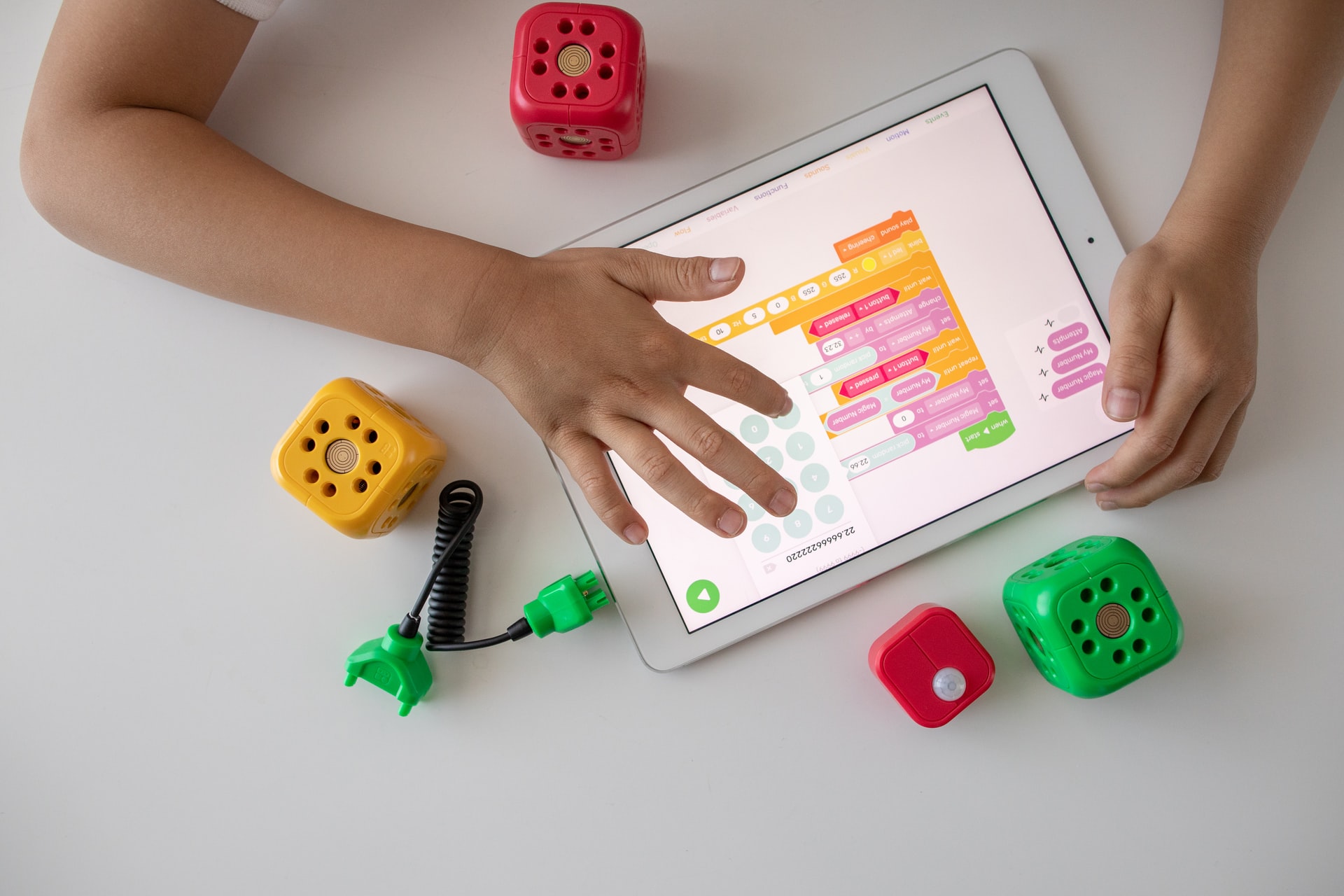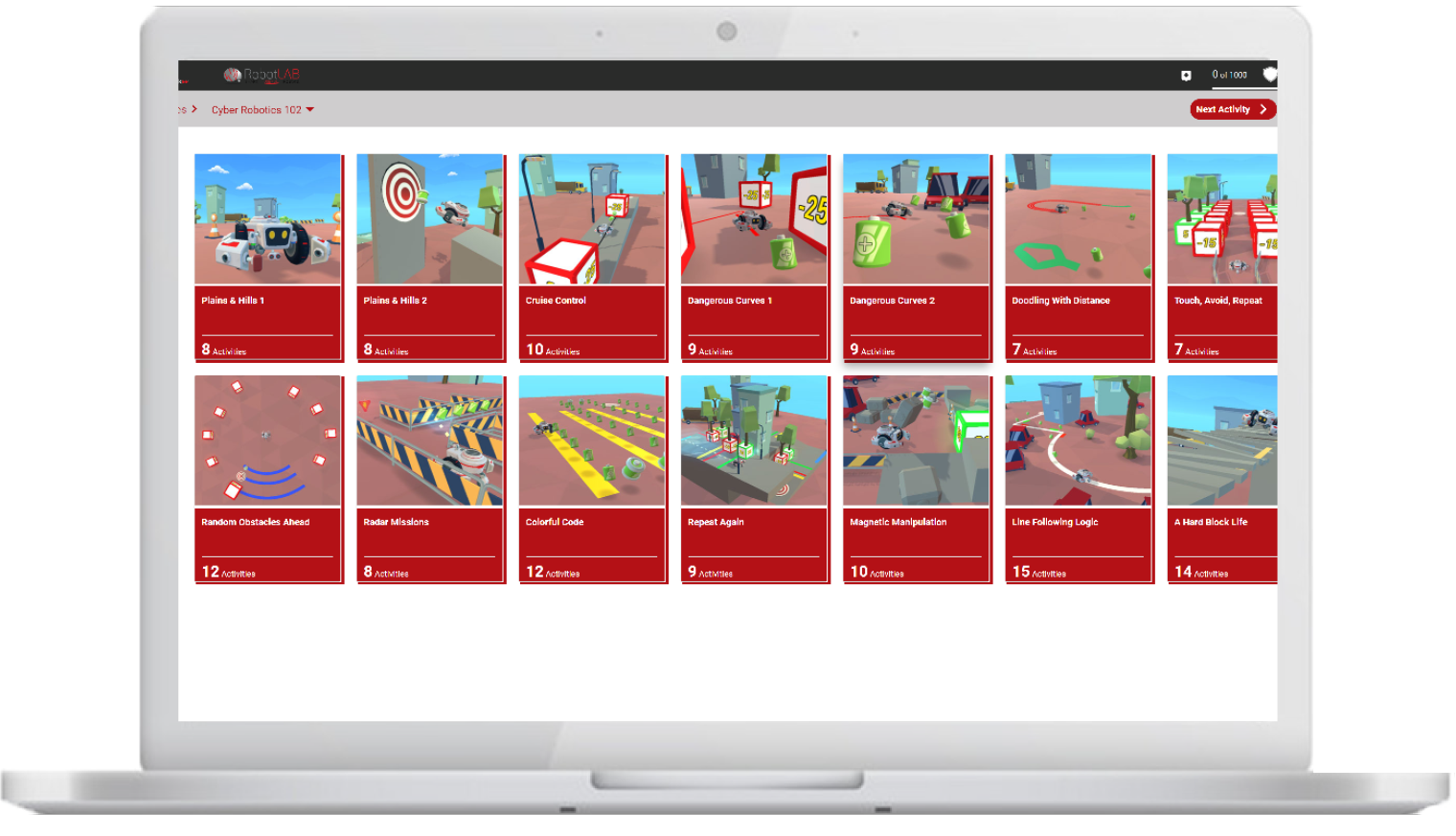 Photo by Robo Wunderkind on Unsplash
Photo by Robo Wunderkind on Unsplash
When students who would never sign up for a robotics or coding class do so because we’ve introduced it to them, it’s a win-win for everyone.
Preparing students for STEM careers and advanced learning opportunities is about more than just teaching math, science, engineering, coding, and computer science to the youngsters who want to dabble or specialize in complex subjects. We also have to work to get more students interested in these STEM learning opportunities, and those efforts have to be inclusive.
That means finding all of the students who wouldn’t have ever signed up for a robotics class had they not been exposed to it–those are the kids that we want.
In some ways, the recent move to more remote learning helped us get closer to our STEM diversity goals. We had to get creative when COVID closed our classrooms, so we signed up for the CoderZ coding and robotics platform and gave all of our 7th and 8th graders access to it from home. We immediately started receiving feedback from students who said they would have never explored that opportunity in the classroom, and they thoroughly enjoyed the experience.
Here are five strategies we use to create inclusive STEM learning experiences in our schools:
-
Make it real. Because they’re technical in nature and somewhat abstract, STEM subjects tend to attract a certain “type” of student who would naturally gravitate to the challenge. Using a hands-on/learn by doing approach, we’re able to cast a wider net. For example, we’ll tie woodworking projects in with math in order to help students make connections between that STEM learning experience and the real world. We’re doing a project right now where the kids are designing a zoo. They’re using area, perimeter, and some financial backing to buy the animals and pay a certain amount of money per square foot for the land. When you can make these types of connections to real life, the experience will be more meaningful for students.
-
Sneak it in. Sometimes it’s best to layer the STEM learning right into a lesson without having to call attention to it. This is a great way to get students interested in a subject that they would otherwise shy away from. You can take 3D printing, for example, and make it part of a larger project that you’re doing in the classroom. This helps expose students to new concepts (i.e., gear ratios if they’re working with robotics on a platform like CoderZ) and gives them valuable connection points they can use at a later date.
-
Put it in front of them. Sometimes students just aren’t interested in complex topics. It’s just the reality of it. You can create these opportunities, but if students haven’t had chances to experience them or if there’s a high barrier to entry to experience these opportunities, they’ll assume it’s just “not for them.” The key is to come up with innovative ways to get youngsters thinking about the opportunities and how they can engage in them, and then develop the opportunities at the K-12 level. Our coding and robotics platform has been a lifesaver for distance learning because it’s all virtual. There’s no need to touch robot parts or physically test the robots; it all takes place online.
-
Create an equitable learning environment. To effectively engage students from diverse backgrounds, we have to create opportunities for them to build community and break down the barriers to learning. The book Culturally Responsive Teaching and the Brain by Zaretta Hammond, for example, juxtaposes the idea of creating lessons and giving students the support and the resources they need to embrace challenging content. Our coding and robotics platform has been an effective tool in this process, and particularly because it takes place virtually and has a low barrier to entry. Using it, we can provide a high-quality competition experience for our students to compete in robotics, bring students together on teams, and allow them to collaborate.
-
Make it fun. We recently participated in the Amazon Challenge, where kids joined breakout rooms and worked together to solve the challenge. It helped us create an environment of STEM and computer science for any and all students, and it happens in a fun and engaging way through gaming that takes place online. When the teams solved a challenge with the robot, they started jumping up and down and yelled, “Yeah! We got it!” It was very gratifying to them and they’re always so proud of themselves for solving the problem.
As an educator, it’s extremely rewarding for us to see students embrace subjects that they may not have gravitated towards, and then turn their experiences into valuable learning engagements. When they have that “eureka” moment and begin to understand the connections between the learning and the real world, that’s what teaching is really all about.
Discover more ways for Inclusive STEM Learning Experiences
with RobotLAB!

CoderZ is an online educational environment that improves students 21st century skills, while they are having fun programming their own virtual cyber robot. CoderZ and RobotLAB has different lessons to do at home! Check them out Here
About the author

